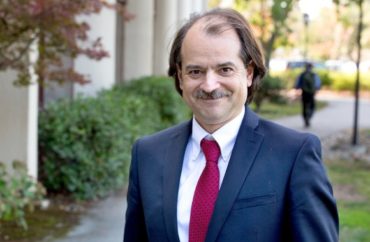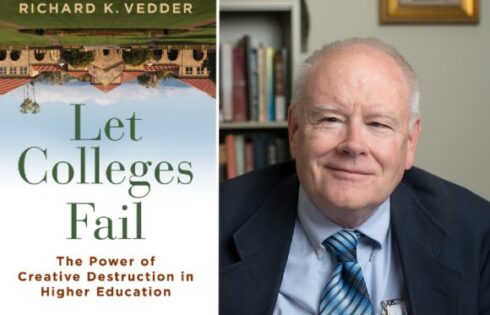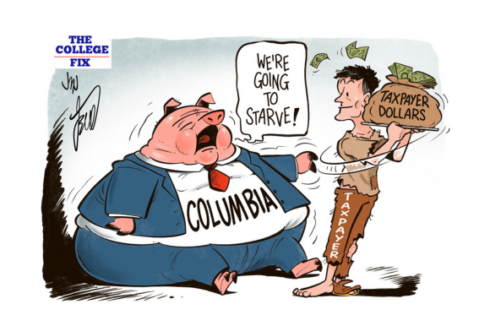
‘Compared to almost any other cause of disease,’ COVID-19 is ‘really sparing young people’
Six weeks ago, John Ioannidis said the growing response to the COVID-19 pandemic – one-size-fits-all lockdowns and economic shutdowns – was based on “meaningless” statistics and unreliable samples.
The Stanford University epidemiologist said the government response looked like “an elephant being attacked by a house cat” and then jumping off a cliff to its death.
He’s coming under increasing scrutiny after releasing an antibody study in Stanford’s county of Santa Clara that estimated the actual coronavirus infection rate was between 50 to 85 times higher than the officially documented infection rate.
In a wide-ranging Wall Street Journal interview, the co-director of Stanford’s Meta-Research Innovation Center says he welcomes the scrutiny but refuses to stay silent about the public health threats from these lockdowns and shutdowns, particularly as they affect young people.
Most of the criticism of the Santa Clara study is not over its methodology but related to its implication, that the lockdowns are “an overreaction,” Assistant Editor Allysia Finley writes:
“There’s some sort of mob mentality here operating that they just insist that this has to be the end of the world, and it has to be that the sky is falling. It’s attacking studies with data based on speculation and science fiction,” [Ioannidis] says. “But dismissing real data in favor of mathematical speculation is mind-boggling.”
In part he blames the media: “We have some evidence that bad news, negative news [stories], are more attractive than positive news—they lead to more clicks, they lead to people being more engaged. And of course we know that fake news travels faster than true news. So in the current environment, unfortunately, we have generated a very heavily panic-driven, horror-driven, death-reality-show type of situation.”
News media in particular give outsize coverage to the rarest coronavirus cases, as Ioannidis has already documented: those of young people who become seriously ill.
The much bigger risk to young people is the lockdowns themselves and the effects of a healthcare system laser-focused on COVID-19, to the exclusion of all other treatments:
“Compared to almost any other cause of disease that I can think of, it’s really sparing young people. I’m not saying that the lives of 80-year-olds do not have value—they do,” he says. “But there’s far, far, far more . . . young people who commit suicide.” If the panic and attendant disruption continue, he says, “we will see many young people committing suicide . . . just because we are spreading horror stories with Covid-19. There’s far, far more young people who get cancer and will not be treated, because again, they will not go to the hospital to get treated because of Covid-19. There’s far, far more people whose mental health will collapse.”
By refusing to reopen various parts of society, policymakers are denying themselves and the public the data they need to evaluate the effectiveness of lockdowns and economic shutdowns, he argues:
People are making “big statements about ‘lockdowns save the world.’ I think that they’re
immature. They’re tremendously immature. They may have worked in some cases, they may have had no effect in others, and they may have been damaging still in others.”
IMAGE: Stanford Department of Medicine/Twitter
Like The College Fix on Facebook / Follow us on Twitter




Add to the Discussion